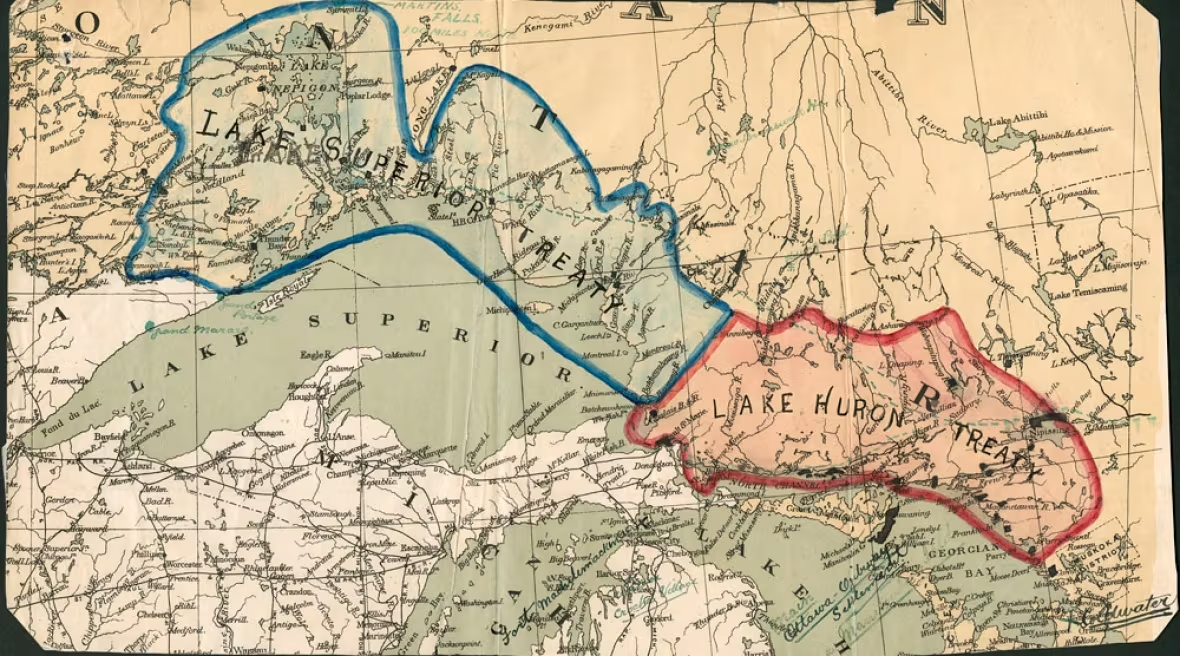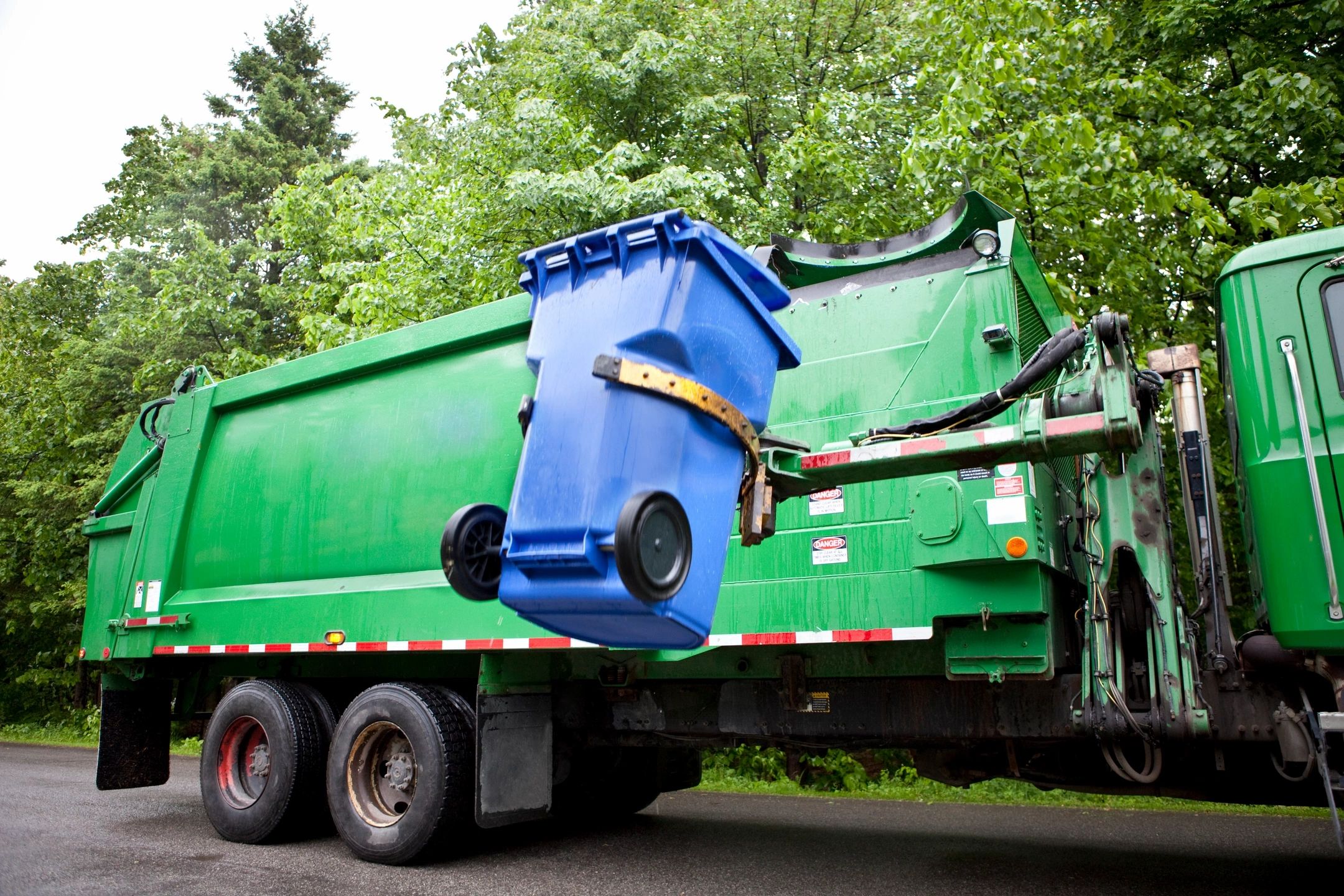The historic Maui town of Lahaina in Hawaii faced a devastating wildfire that captured ongoing attention. Simultaneously, as this news continued to circulate, the Northwest Territories initiated an evacuation order for Yellowknife, while British Columbia declared a state of emergency encompassing the entire province.
In anticipation of an approaching wall of flames resulting from uncontrollable wildfires converging upon the capital city, the complete evacuation of all 22,000 residents of Yellowknife is underway. However, this occurrence is not unprecedented in Canada’s history.
In May 2016, a comparable event transpired when the entire population of Fort McMurray, Alberta—numbering 90,000 residents—was forced to evacuate. This preemptive action occurred just before wildfires swept through the area, ultimately consuming 2,400 homes and businesses, resulting in a cumulative expense exceeding $4 billion.
In 2017, within the province of British Columbia, the wildfire season prompted the evacuation of over 65,000 residents from various communities. This situation incurred a total of $130 million in insured damages, coupled with firefighting expenses reaching $568 million.
Recalling the events of June 2021, a heat dome settled over British Columbia, leading to consecutive breaking of temperature records for three consecutive days. This heatwave reached its climax in Lytton, a village situated in the southern region of the province, where a staggering temperature of 49.6°C was recorded on June 29. This marked the highest temperature ever documented in Canada, surpassing the prior record by a margin of five degrees. Tragically, the subsequent day witnessed wildfires sweeping through Lytton, resulting in the destruction of over 90 percent of the town.
The summer of 2023 will undoubtedly be etched in the annals of history. Both June and July set unprecedented records as the hottest months ever documented, while global extremes in temperature shattered previous benchmarks.
By the midpoint of July, Canada had already borne witness to its most devastating forest fire season on record. Notably, British Columbia surpassed its own previous record from 2018, marking this year as the worst forest fire season ever recorded for the province. Remarkably, with several weeks remaining in the 2023 forest fire season, wildfires have already devoured an expanse exceeding six times the average area over the past decade.
Nevertheless, these occurrences are overshadowed by the impending realities driven by continuing global warming, stemming from the emission of greenhouse gases resulting from the combustion of fossil fuels.
Amid the focus currently directed towards the evacuation efforts in Yellowknife, it’s a poignant reminder that they are not facing these challenges in isolation. The village of Lytton, which tragically succumbed to flames merely two years prior, now finds itself on high alert for evacuation due to the encroaching threat of wildfires.
In a parallel development, Kelowna has recently invoked a state of emergency due to the McDougall Creek fire consuming residences within the vicinity. This occurrence follows closely after the commemoration of the 20th anniversary of the Okanagan Mountain Park fire, a pivotal event during which more than 27,000 individuals were compelled to evacuate and 239 homes in Kelowna were lost to the flames.
As summer gives way to winter, Canadians may find some comfort as the urgency of our 2023 wildfire crisis diminishes. Regrettably, the next to confront the fiery fury of nature, driven by human-induced global warming and the 2023 El Niño, will be Australia.
Rather than adopting a reactive stance for the impending fire season, the prudent path forward is one of proactive readiness. As the age-old saying goes: preventive measures hold greater value than remedial actions.



